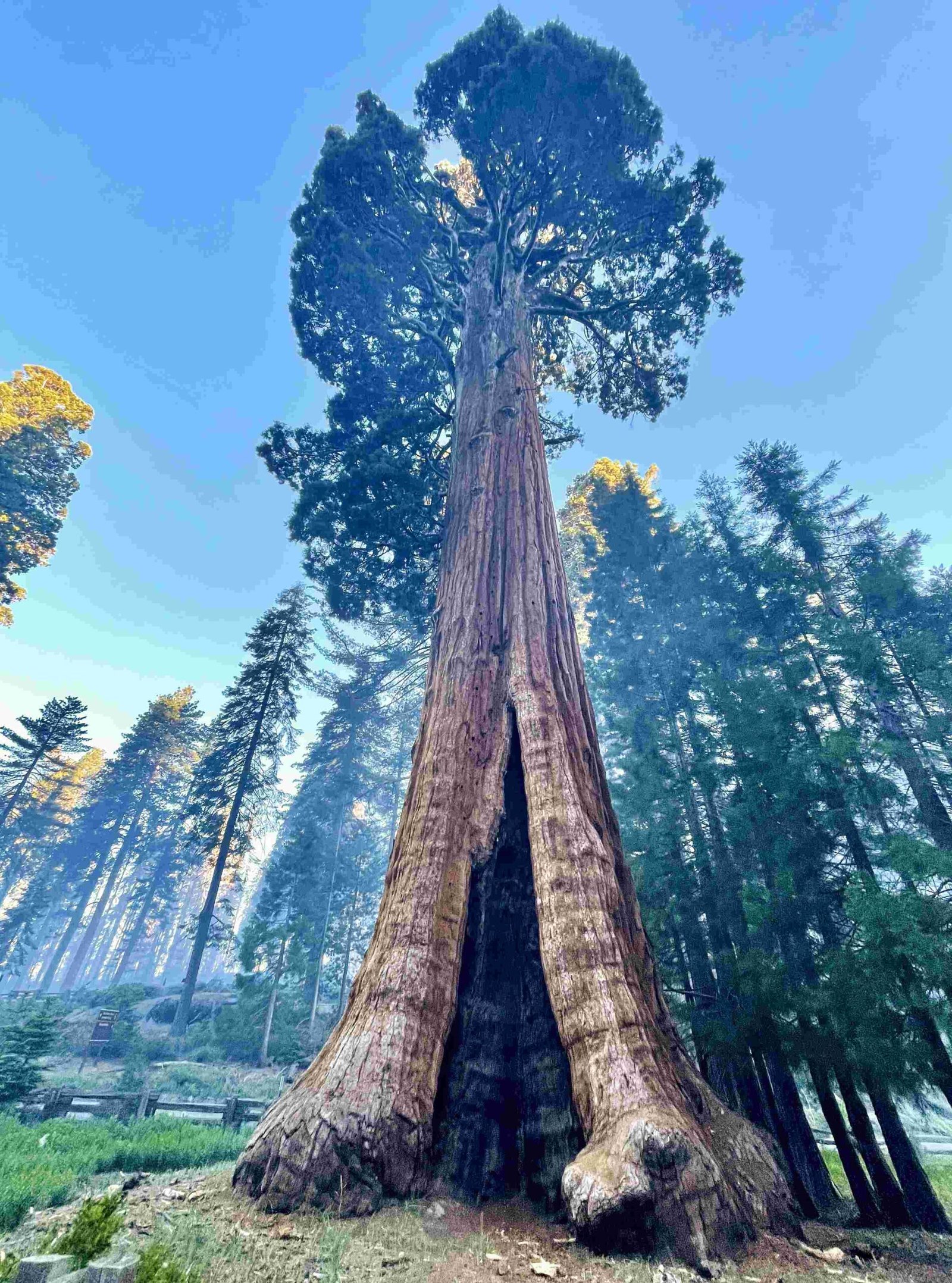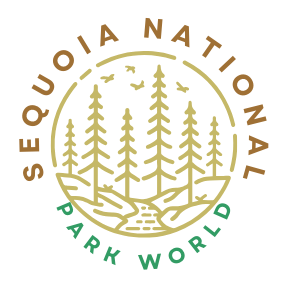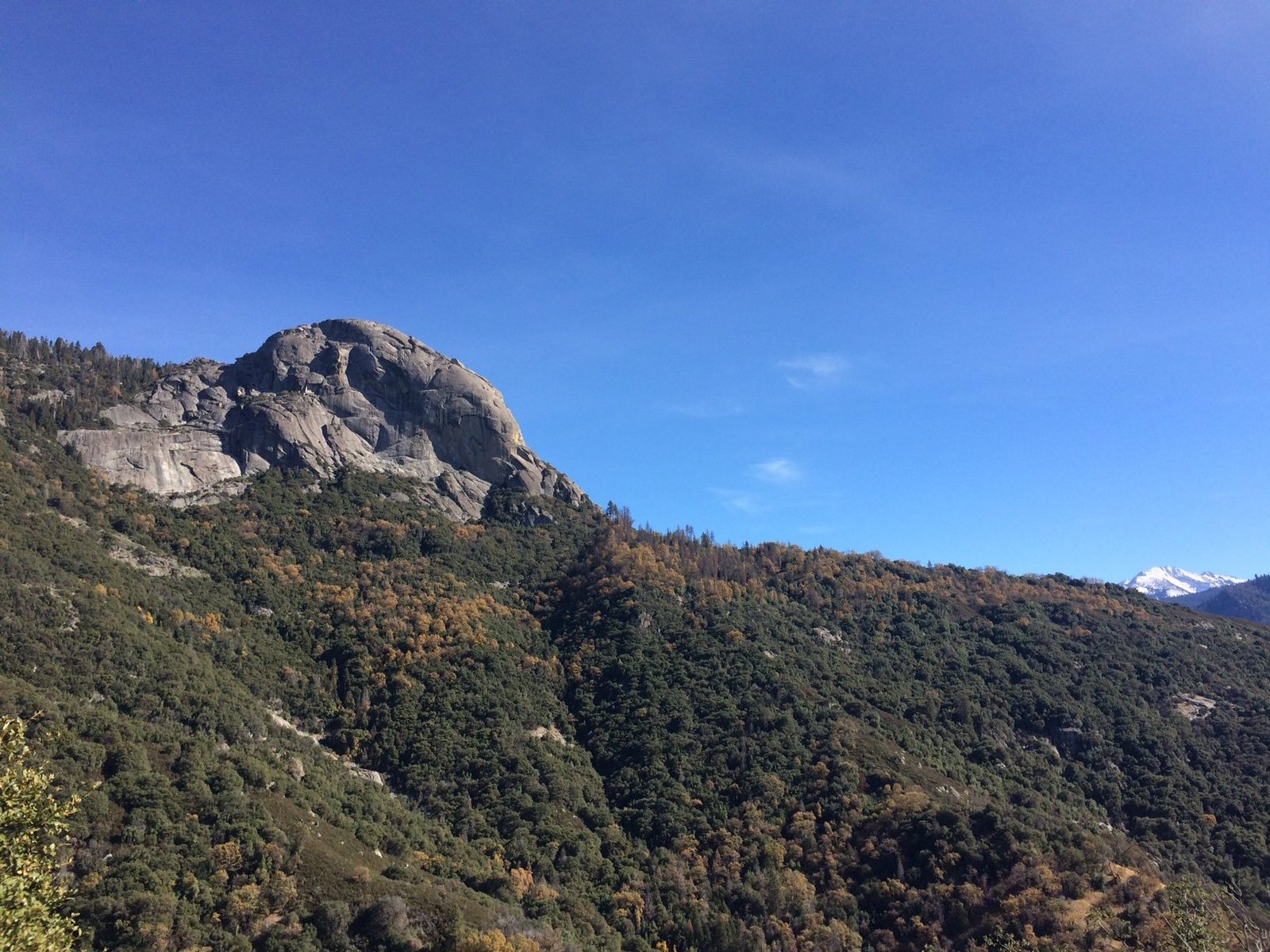Sequoia National Park experiences significant temperature fluctuations throughout the year, with cool mornings and evenings even in summer. A jacket is essential for most visits, especially during colder months. The park’s diverse elevations and weather patterns make layering crucial for comfort. Visitors should be prepared for sudden weather changes and pack appropriate outerwear to enjoy the park’s majestic landscapes comfortably and safely.
What Are the Temperature Ranges in Sequoia National Park?

Sequoia National Park’s temperature varies greatly depending on the season and elevation:
- Winter (December to February):
- Highs: 38°F to 41°F
-
Lows: 16°F to 17°F
-
Spring (March to May):
- Highs: 45°F to 59°F
-
Lows: 22°F to 33°F
-
Summer (June to August):
- Highs: 68°F to 76°F
-
Lows: 39°F to 45°F
-
Autumn (September to November):
- Highs: 46°F to 69°F
- Lows: 23°F to 38°F
These ranges clearly indicate the need for a jacket, particularly during early mornings, evenings, and in higher elevations.
What Weather Conditions Should I Expect?

Sequoia National Park’s weather can be unpredictable and varies significantly with elevation:
- Precipitation:
- Annual rainfall: 45 inches
- Annual snowfall: 219 inches
-
Most precipitation occurs in fall and winter
-
Wind:
-
Generally moderate, averaging 3-5 mph year-round
-
Snow and Road Conditions:
- Snow can block roads from December to March
-
Chains may be required for vehicles in winter
-
Temperature Variations:
- Significant drops at night, even in summer
What Type of Jacket Should I Bring?
The ideal jacket for Sequoia National Park depends on the season and your planned activities:
- Winter Jacket:
- Insulated, waterproof, and windproof
-
Examples: Down-filled parka or heavy-duty ski jacket
-
Spring/Fall Jacket:
- Lightweight, water-resistant, and breathable
-
Examples: Softshell jacket or fleece with a waterproof outer layer
-
Summer Jacket:
- Light, packable, and water-resistant
-
Examples: Lightweight rain jacket or windbreaker
-
All-Season Option:
- Versatile 3-in-1 jacket with removable layers
How Should I Layer My Clothing?
Proper layering is crucial for comfort in Sequoia National Park’s variable climate:
- Base Layer:
- Purpose: Moisture-wicking
- Materials: Merino wool or synthetic fabrics
-
Examples: Thermal underwear, long-sleeve shirts
-
Mid Layer:
- Purpose: Insulation
- Materials: Fleece, down, or synthetic fill
-
Examples: Fleece jacket, puffy vest
-
Outer Layer:
- Purpose: Weather protection
- Materials: Waterproof and breathable fabrics (e.g., Gore-Tex)
- Examples: Rain jacket, windbreaker
| Layer | Purpose | Materials | Examples |
|---|---|---|---|
| Base | Moisture-wicking | Merino wool, synthetic | Thermal underwear, long-sleeve shirts |
| Mid | Insulation | Fleece, down, synthetic fill | Fleece jacket, puffy vest |
| Outer | Weather protection | Waterproof, breathable fabrics | Rain jacket, windbreaker |
Where Can I Get Weather Information in the Park?
Sequoia National Park offers several resources for up-to-date weather information:
- Visitor Centers:
- Foothills Visitor Center
- Lodgepole Visitor Center
-
Services: Current weather conditions, layering advice
-
Park Website and Mobile Apps:
- Provide real-time weather updates
-
Offer packing tips and safety information
-
Park Rangers:
- Available for personalized advice
- Can provide insights on trail conditions and weather forecasts
What Additional Gear Should I Consider?
Besides a jacket, consider packing these items for a comfortable visit:
- Gloves or mittens
- Warm hat or beanie
- Neck gaiter or scarf
- Sturdy, waterproof hiking boots
- Extra socks (preferably wool)
- Sunglasses and sunscreen (even in winter)
- Portable charger for devices
How Does Elevation Affect Jacket Needs?
Sequoia National Park’s elevation ranges from 1,370 to 14,494 feet, significantly impacting temperature and weather:
- Lower elevations (1,370-4,000 feet):
- Warmer temperatures
-
Lighter jackets may suffice in summer
-
Mid elevations (4,000-8,000 feet):
- Cooler temperatures
-
Jacket needed year-round, especially mornings/evenings
-
Higher elevations (8,000+ feet):
- Cold temperatures year-round
- Insulated jacket essential, even in summer
Are There Any Jacket Rental Options in the Park?
Sequoia National Park does not offer jacket rentals directly, but nearby options include:
- Local outdoor gear shops in nearby towns
- Online rental services that ship to your location
- Some lodges or hotels may offer limited gear rental
It’s generally recommended to bring your own jacket for the best fit and comfort.
How Do I Pack My Jacket Efficiently?
To maximize space in your luggage or backpack:
- Choose a compressible jacket (down or synthetic)
- Use a compression sack or packing cube
- Roll the jacket instead of folding
- Consider wearing your bulkiest jacket during travel
What Are the Benefits of Investing in a Quality Jacket?
Investing in a high-quality jacket for Sequoia National Park offers several advantages:
- Better weather protection
- Improved durability for outdoor activities
- Enhanced comfort through breathable materials
- Versatility for various weather conditions
- Potential long-term cost savings over cheaper alternatives
Remember, a good jacket can significantly enhance your experience in Sequoia National Park, allowing you to focus on the breathtaking scenery and outdoor activities rather than discomfort from the weather.

